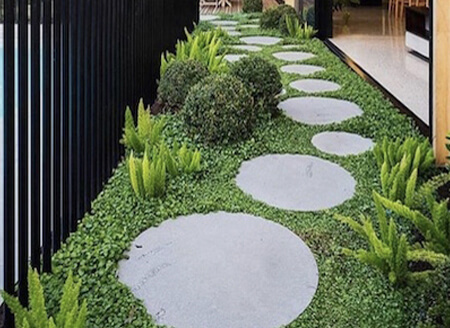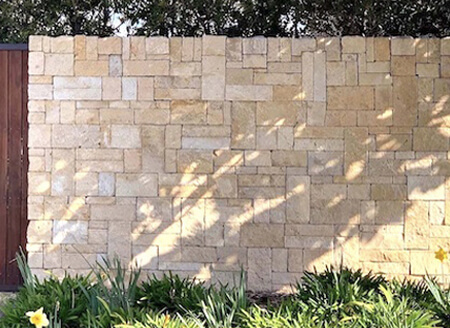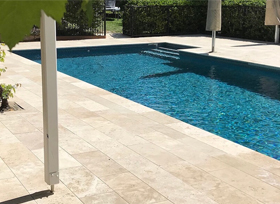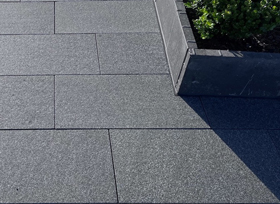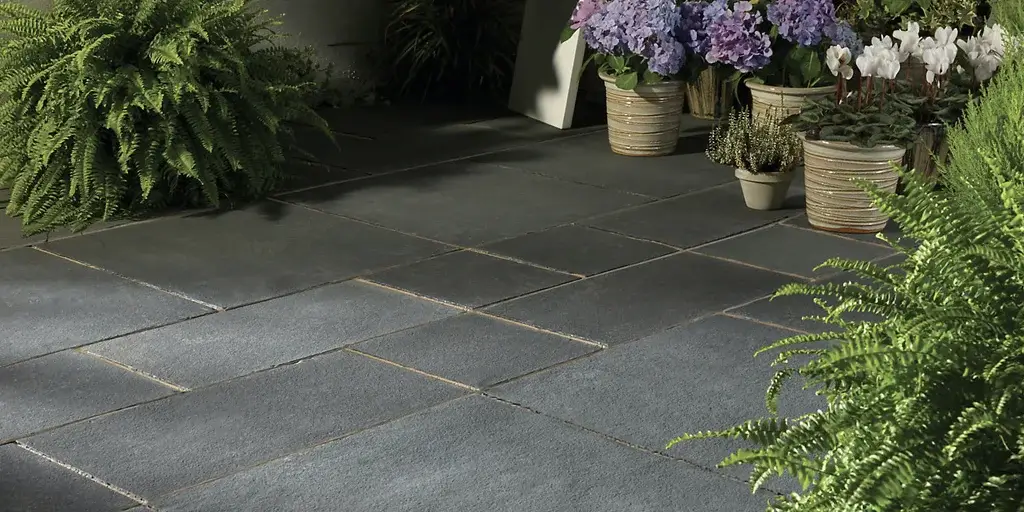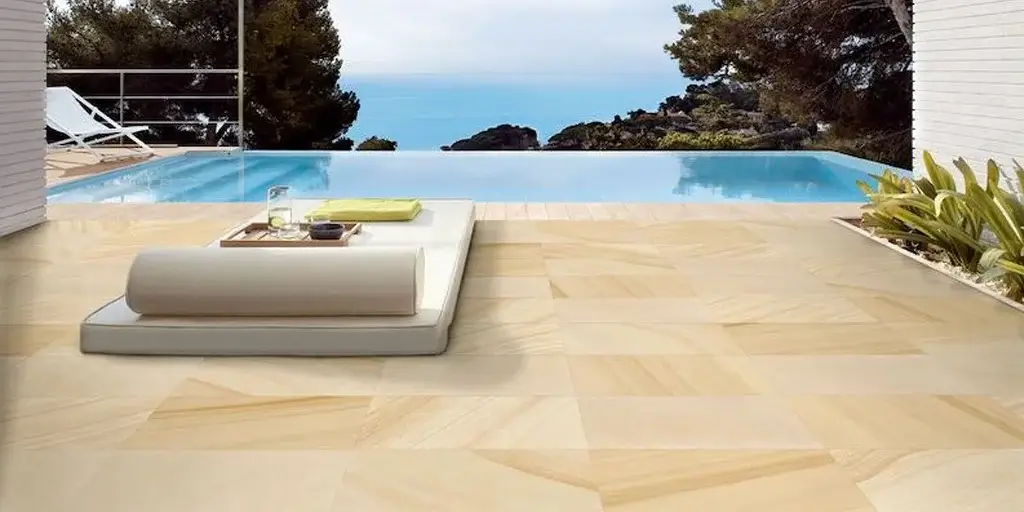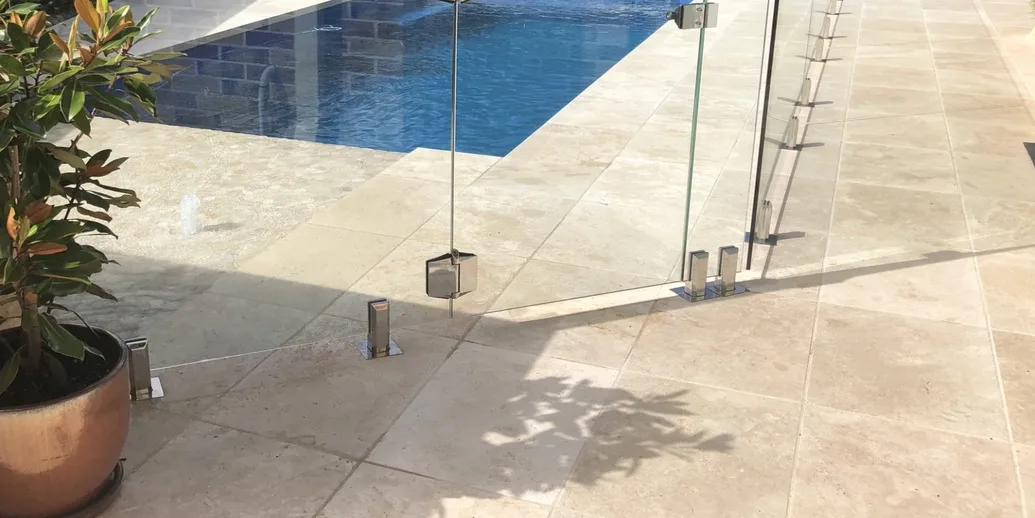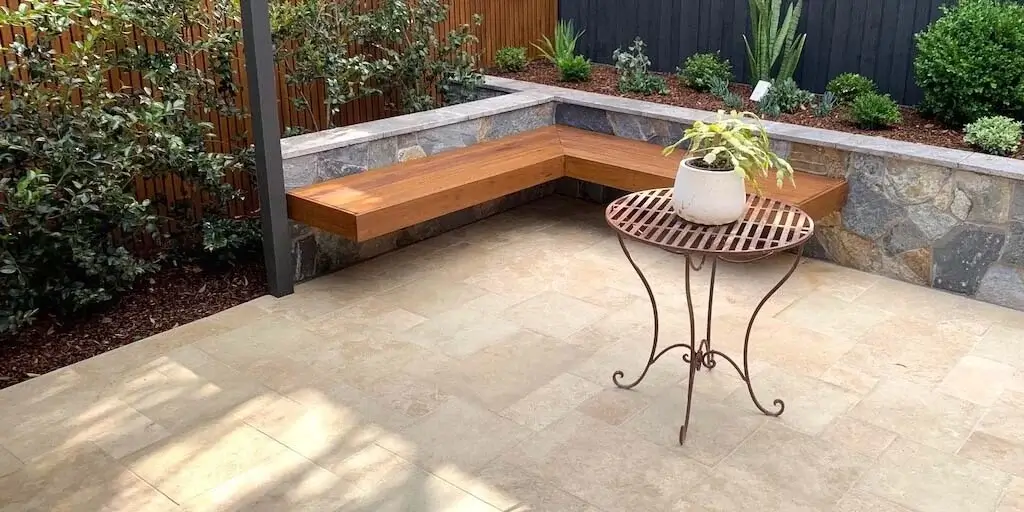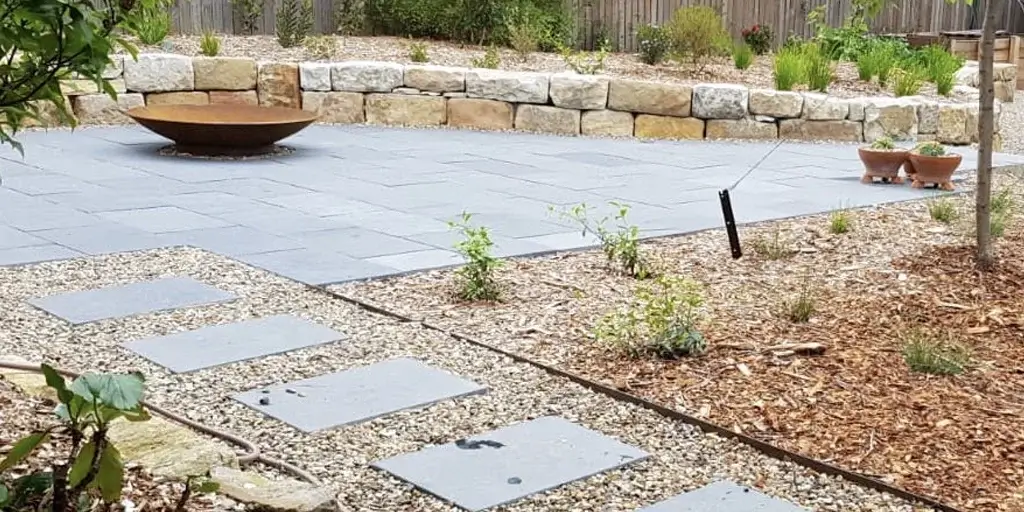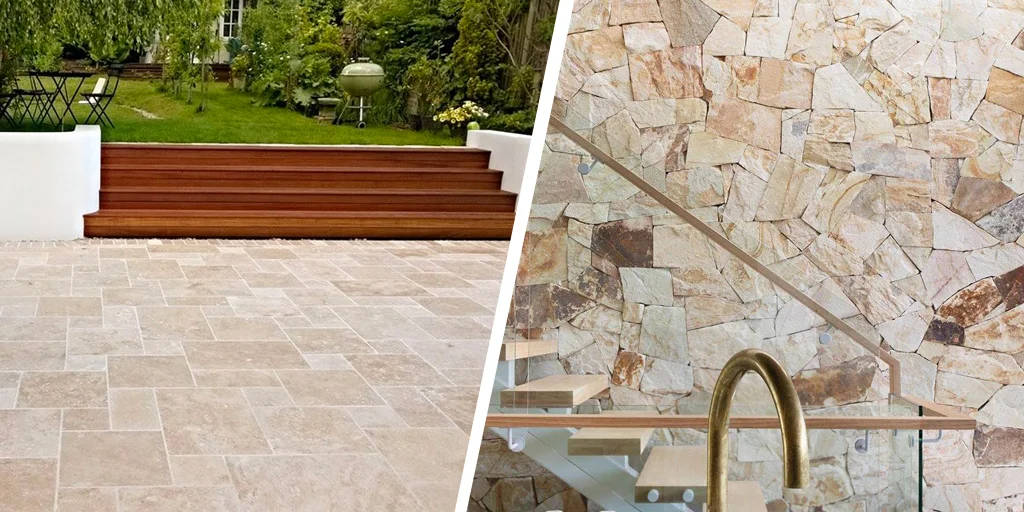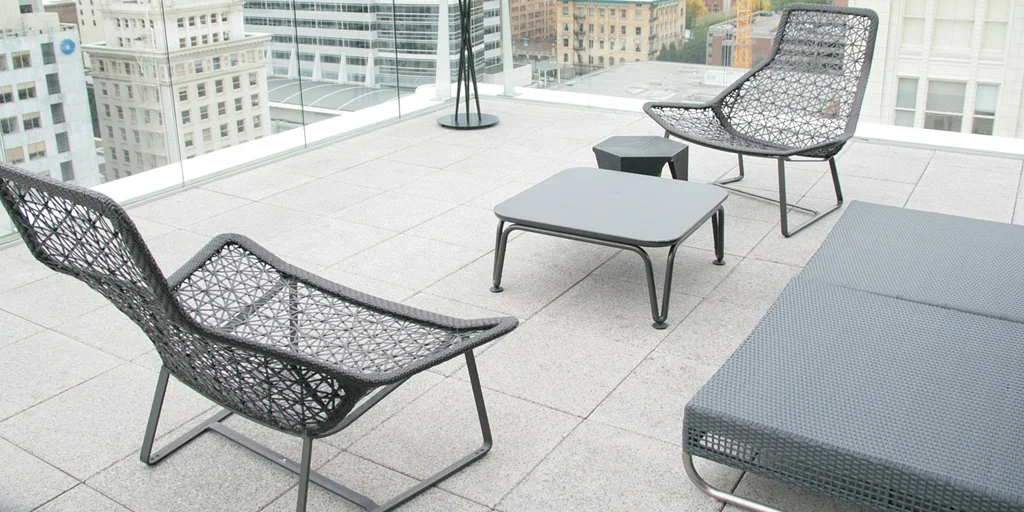Choosing suitable natural stone pavers for your outdoor space is crucial to ensure longevity, durability and functionality. Climate zones have different weather patterns, temperature ranges and natural occurrences such as rain and snowfall.
Therefore, selecting the right natural stone paver that can withstand the elements of your specific climate zone is essential. This blog post will discuss the best natural stone pavers for different climate zones.
Coastal Climates
Coastal climates are often humid with salty air, which can cause corrosion to most materials. For this reason, choosing natural stone pavers resistant to salt and moisture is essential. Sandstone pavers are an excellent choice for coastal climates, as they have a low absorption rate and are naturally slip-resistant. Sandstone pavers also have a high resistance to weathering, making them an excellent choice for areas with high winds and storms.
Let’s know a little bit more about Sandstone pavers and tiles:
- Sandstone pavers and tiles have a low carbon footprint since they are naturally produced over millions of years and do not require high energy to create. This sets them apart from artificial building resources like bricks and concrete.
- Sandstone pavers and tiles are free of chemicals, as no chemicals are used in their production or processing. This eliminates chemical waste, making it an eco-friendly option.
- Natural stone, such as Sandstone, is long-lasting due to its natural characteristics. Examples of durability can be found in the Taj Mahal and the Pyramids of Egypt, which have withstood centuries of wear and tear.
- Sandstone tiles and pavers are relatively low maintenance, requiring little attention after installation. Deep cleaning can be accomplished with a power wash, while simple mopping is sufficient for routine upkeep.
- They can be recycled into stones again, making them an eco-friendly and sustainable choice. This differs from materials like plastic, which cannot be recycled into their original form.
Tropical Climates
Tropical climates are known for their hot, humid weather and heavy rainfall. This type of climate requires natural stone pavers that are slip-resistant, durable and can withstand high amounts of moisture. Travertine pavers are an excellent choice for tropical climates, as they are naturally slip-resistant and have a high porosity rate, allowing them to absorb water easily. Travertine is also resistant to high temperatures and UV radiation, making it an excellent choice for areas with intense sunlight.
Let’s know a little bit more about Travertine pavers and tiles:
- Travertine pavers have a natural ability to resist heat and stay cool underfoot, even in hot weather. This makes them an excellent choice for tropical climates, where temperatures can soar.
- They have a naturally non-slip surface, which makes them a safer choice for pool areas and outdoor spaces in tropical climates, where rain and humidity can make surfaces slippery.
- Travertine is a highly durable natural stone that can withstand heavy foot traffic, making it an excellent choice for high-traffic outdoor areas in tropical climates.
- Travertine pavers require little maintenance and can be easily cleaned with water and a mild detergent. They are also resistant to staining and discolouration, which makes them ideal for tropical climates where high humidity and rain can cause mould and mildew growth.
- The pavers have a natural, earthy appearance that complements tropical landscapes’ lush greenery and vibrant colours. They come in various colours and textures, making creating a unique and attractive outdoor space easy.
Desert Climates
High temperatures and low rainfall characterize desert climates. This type of climate requires natural stone pavers that can withstand extreme temperatures and have a low porosity rate to prevent cracking and erosion. Granite pavers are an excellent choice for desert climates, as they are incredibly durable and have a low porosity rate.
Let’s know a little bit more about Granite pavers and tiles:
- Granite pavers are highly heat-resistant and can withstand a desert climate’s intense sun and heat without cracking or fading. This makes them a popular choice for outdoor spaces in desert regions.
- They are incredibly durable and can withstand heavy foot traffic and extreme weather conditions like sandstorms. They are also resistant to chipping and scratching, which makes them ideal for outdoor spaces in a desert climate.
- Granite pavers are also relatively low maintenance, requiring little attention once installed. They need not be sealed or polished and can be easily cleaned with a hose and mild detergent.
- Granite pavers have a naturally textured surface that provides a non-slip surface even when wet. This is important in a desert climate where sudden rainstorms or irrigation can occur.
- They are a natural beauty. The natural hues and textures complement the desert landscape, creating a harmonious and visually appealing environment.
Temperate Climates
Temperate climates have mild temperatures and moderate rainfall, making them ideal for many types of natural stone pavers. Limestone pavers are an excellent choice for temperate climates, as they are durable, low maintenance and have a natural resistance to water. Limestone is also naturally slip-resistant and highly resistant to weathering, making it an excellent choice for areas with frequent rainfall.
Let’s know a little bit more about Limestone pavers and tiles:
- Limestone is a durable material that can last for decades if properly maintained. This means it doesn’t need to be replaced as often as other materials, reducing the need for frequent extraction and production.
- The extraction of limestone can have a negative impact on the environment, mainly if it involves blasting or excavation. Choosing a wholesaler like Stone Depot that uses sustainable quarrying practices, such as reclamation of disturbed areas and reducing energy consumption during extraction, is essential.
- The transportation of limestone can have a significant carbon footprint, mainly if imported from a remote location. Choosing a local supplier can reduce transportation emissions and support the local economy.
- Limestone can be recycled and used for various purposes, such as crushed stone for road construction or as an ingredient in cement production. Recycling can reduce waste and extend the life of the material.
In conclusion, choosing suitable natural stone pavers for your specific climate zone is essential to ensure longevity, durability and functionality. By considering your area’s climate and weather patterns, you can select natural stone pavers that will withstand the elements and provide a beautiful and functional outdoor space for years to come. Whether you live in a coastal, tropical, desert, temperate or alpine climate, a natural stone paver will meet your needs. We are the leading name in the natural stone industry. You can check out our range from our website or give us a call to get FREE samples delivered to your home.
*Disclaimer: All information and advice given above in the blog are to the best of our knowledge. Please reconfirm at your end before execution.







